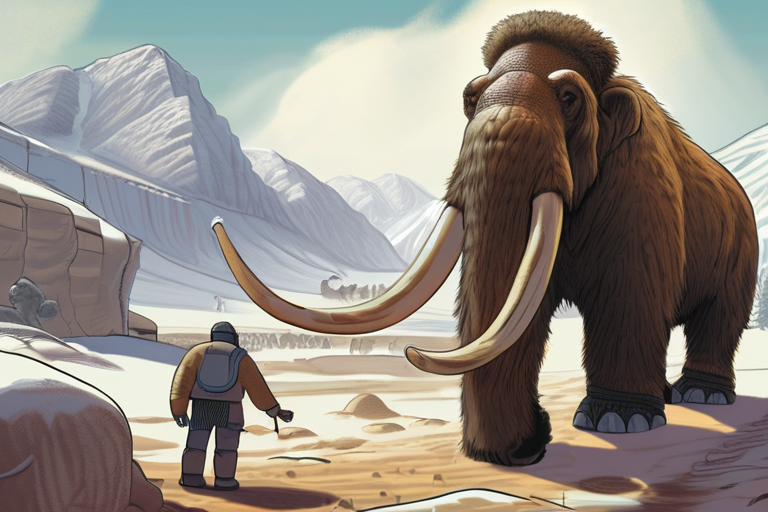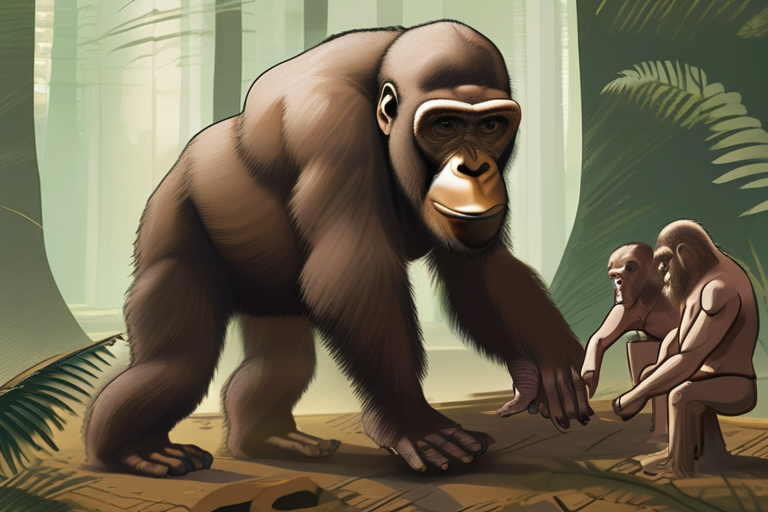Researchers at Stockholm University have successfully sequenced the RNA of a 40,000-year-old woolly mammoth, a feat previously considered impossible due to the fragile nature of RNA. The team extracted RNA fragments from muscle and other tissue samples of the mammoth, known as Yuka, which was discovered in Siberian permafrost in 2010. This achievement marks a significant breakthrough in the field of ancient DNA research and has the potential to provide valuable insights into the evolution and biology of extinct species.
According to Dr. Love Dalen, a researcher at Stockholm University, the team used a combination of grinding and chemical treatments to extract the RNA fragments from the ancient tissue samples. "We were able to recover high-quality RNA from the mammoth samples, which is a remarkable achievement considering the age of the specimens," Dr. Dalen said. The team sequenced the RNA using a next-generation sequencing platform, which allowed them to reconstruct the mammoth's genetic code.
The discovery of Yuka's RNA is significant not only because of its age but also because it provides a unique opportunity to study the evolution of the woolly mammoth. The species went extinct at the end of the last Ice Age, and the availability of its genetic material will allow researchers to gain a better understanding of the factors that contributed to its demise. "This is a game-changer for ancient DNA research," said Dr. Svante Paabo, a geneticist at the Max Planck Institute for Evolutionary Anthropology. "The ability to sequence RNA from ancient specimens will open up new avenues for studying the evolution of extinct species."
The extraction and sequencing of Yuka's RNA were made possible by advances in technology and methodology. Researchers have developed new techniques for extracting and amplifying ancient DNA, which has allowed them to recover genetic material from specimens that were previously thought to be too degraded to yield useful information. The use of next-generation sequencing platforms has also enabled researchers to generate large amounts of genetic data from ancient specimens, which can be used to reconstruct the evolutionary history of extinct species.
The discovery of Yuka's RNA has significant implications for our understanding of the evolution of life on Earth. It highlights the importance of preserving ancient DNA and provides a new tool for studying the evolution of extinct species. As researchers continue to develop new techniques for extracting and sequencing ancient DNA, it is likely that we will learn more about the history of life on our planet. "This is just the beginning of a new era in ancient DNA research," said Dr. Dalen. "We are excited to see where this research will take us and what new insights it will provide into the evolution of life on Earth."



























Share & Engage Share
Share this article